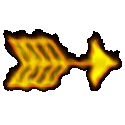Order Suborder

Ornithischia
![]() Copyright(c) 2007
- 2015. All rights reserved.
Copyright(c) 2007
- 2015. All rights reserved.